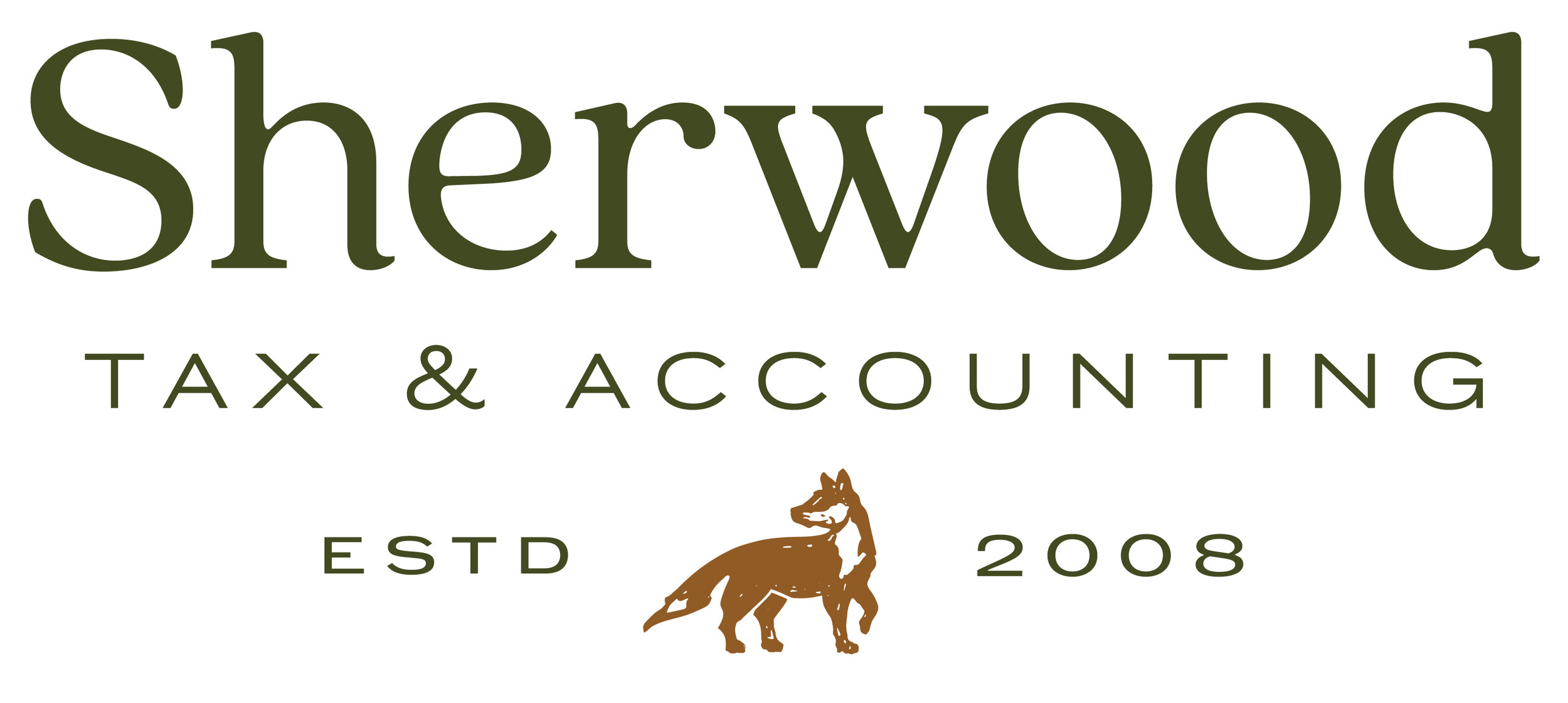What are estimated tax payments?
Many individual taxpayers are not aware that the IRS and state agencies will assess penalties if taxes are not paid throughout the year as income is earned. For most of us, our employers withhold taxes from our paychecks and when we file our returns we are happy to receive a tax refund.
Who Should Make Estimated Tax Payments?
Small business owners and independent contractors who do not receive a W-2
Taxpayers who receive investment income over and above their wages that are subject to payroll withholding.
Retirees who receive pension and other retirement distributions often does not cover the total tax for the year.
The Rules
Individuals must pay 25% of a "required annual payment" by Apr. 15, June 15, Sept. 15, and Jan. 15, to avoid an underpayment penalty. When that date falls on a weekend or holiday, the payment is due on the next business day.
The required annual payment for most individuals is the lower of 90% of the tax shown on the current year's return or 100% of the tax shown on the return for the previous year (this is called the “safe harbor”). However, if the adjusted gross income on your previous year's return was over $150,000 (over $75,000 if you are married filing separately), you must pay the lower of 90% of the tax shown on the current year's return or 110% of the tax shown on the return for the previous year. At Sherwood Tax, we generally calculate this amount when we are preparing your tax return, and we will inquire whether you expect your income for the following tax year to be consistent with the prior year.
Most people who receive the bulk of their income in the form of wages satisfy these payment requirements through the tax withheld by their employer from their paycheck. Those who make estimated tax payments generally do so in four installments. After determining the required annual payment, they divide that number by four and make four equal payments by the due dates.
If, when we are preparing your tax return, we determine you should make estimated tax payments, we will include the payment vouchers with the Client Copy of your tax return, along with the instructions for making the payments.
If you do have payroll withholding and you would rather make your tax payments through your employer, we can help you adjust your withholding using Form W-4. The IRS also has a estimator tool you can utilize here.
What If My Income Varies?
You may be able to use the annualized income method to make smaller payments. This method is useful to people whose income flow is not uniform over the year, perhaps because of a seasonal business. For example, if your income comes exclusively from a business that you operate in a resort area during June, July, and August, no estimated payment is required before Sept. 15. You may also want to use the annualized income method if a significant portion of your income comes from sales of securities that are made at various times during the year.
What if I Don’t Make Estimated Tax Payments?
If you fail to make the required payments, you may be subject to an underpayment penalty. The penalty equals the product of the interest rate charged by IRS on deficiencies, times the amount of the underpayment for the period of the underpayment.
However, the underpayment penalty doesn't apply to you:
if the total tax shown on your return is less than $1,000 after subtracting withholding tax paid;
if you had no tax liability for the preceding year, you were a U.S. citizen or resident for that entire year, and that year was 12 months;
for the fourth (Jan. 15) installment, if you file your return by that Jan. 31 and pay your tax in full; or
if you are a farmer or fisherman and pay your entire estimated tax by Jan. 15, or pay your entire estimated tax and file your tax return by Mar. 1
In addition, IRS may waive the penalty if the failure was due to casualty, disaster, or other unusual circumstances and it would be inequitable or against good conscience to impose the penalty. The penalty can also be waived for reasonable cause during the first two years after you retire (after reaching age 62) or become disabled.
Still Have Questions??
If you think you may be eligible to determine your estimated tax payments under the annualized income method, or you have any other specific questions about how the estimated tax rules apply to you, please talk to your client manager or email us at cpa@sherwoodtax.com.
